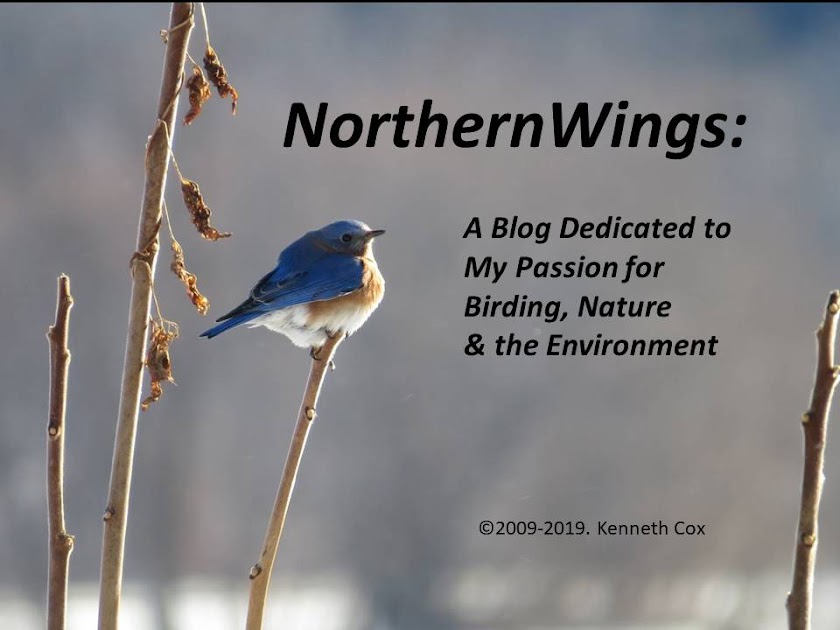As many birders have experienced, including myself, once a long sought after "lifer" species is seen, it afterwards seems to pop up everywhere with little to no effort. And so, I may be experiencing this phenomenon once again except now with black Gray Squirrels. This past Sunday, now back in Vermont and running errands, I saw another black squirrel feeding under a local bird feeder. What's with that: two black squirrel sightings in different states within a day of one another?
Melanism, a genetic condition whereby tissues (skin, hair, feathers) produce excessive amounts of the dark-colored pigment melanin, occurs widely in the animal kingdom at both individual and population levels. Among birds, several raptor species exhibit dark plumage morphs, including Short-tailed, Swainson's, Red-tailed, Ferruginous and Rough-legged hawks, and the Gyrfalcon. Unlike amelanism (the absence of melanin) and albinism, melanism appears to be a genetic adaptation to a particular environment increasing a species fitness for survival. Adaptive melanism may allow animals to better absorb solar heat and more efficiently maintain body warmth in cold environs; or others to blend in with their habitat enabling either dark-morph hunting predators to evade detection by prey species or, vice versa, allow dark-morph prey to hide from predators.
| Dark-morph Red-tailed Hawk, Catron County, New Mexico |
So what is the adaptive advantage to a black squirrel inhabiting an urban or suburban environment? It seems doubtful that such individuals are better camouflaged from predators, such as hawks and free-ranging house cats. Easily the gray-coated squirrel in the photo below blends in better with the setting than if it was black. On the other hand, melanism seems to be an effective survival strategy as long as the squirrel is not out in the open but takes advantage of deep shade produced by thick vegetation and forest canopy (bottom photo).
Here are a couple links to web sites discussing specifically melanism in Gray Squirrel populations: Wikipedia and a more technical treatise in the Journal of Heredity.
